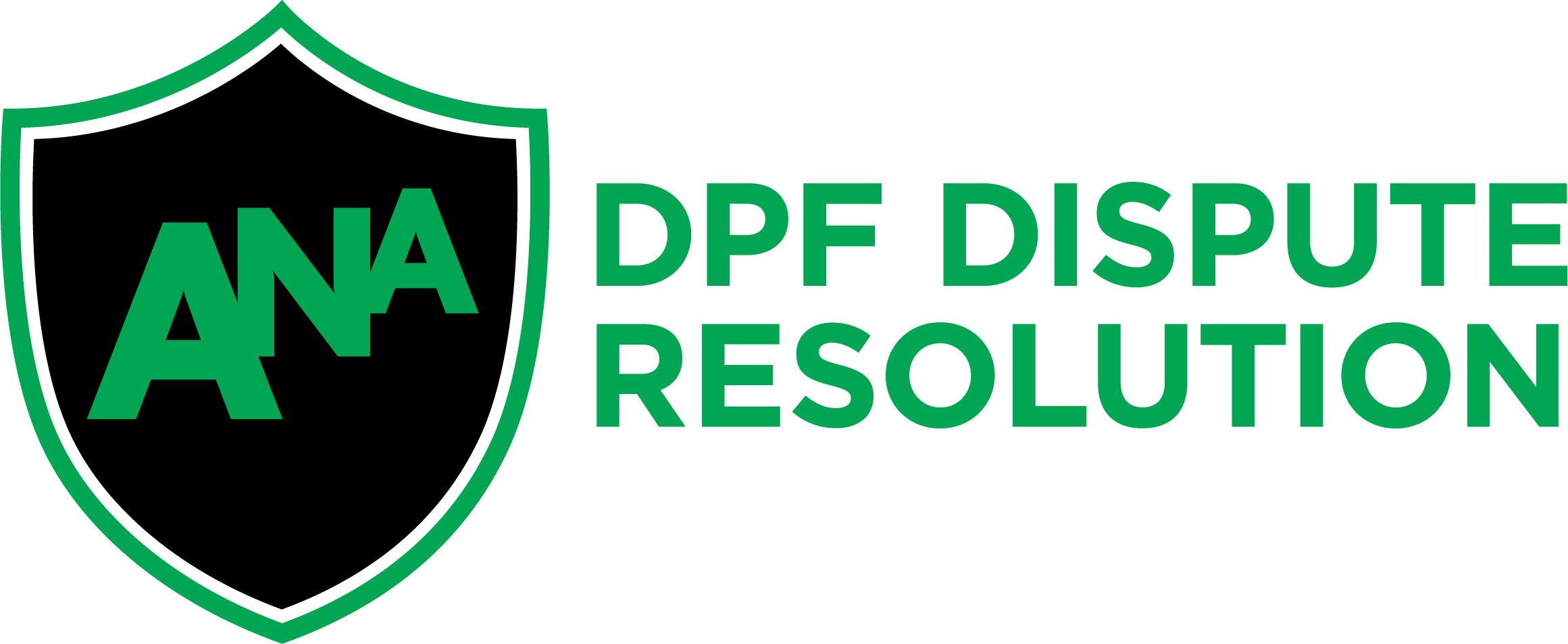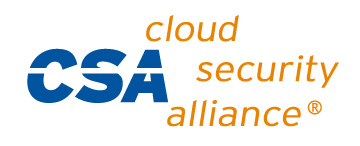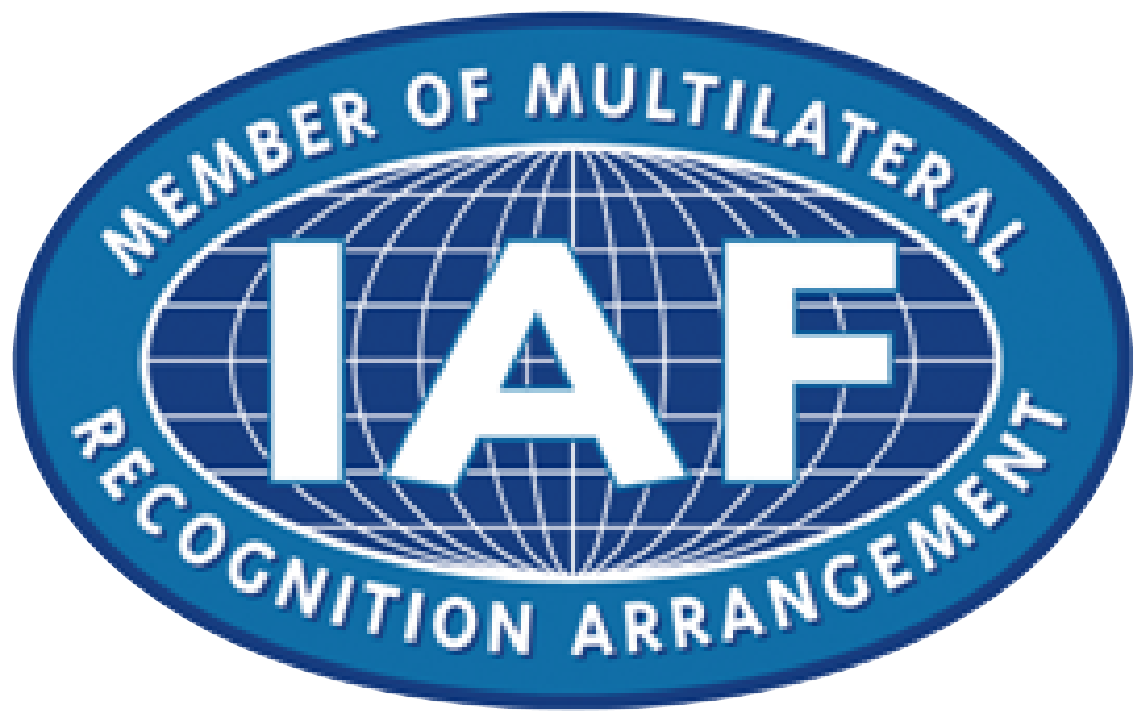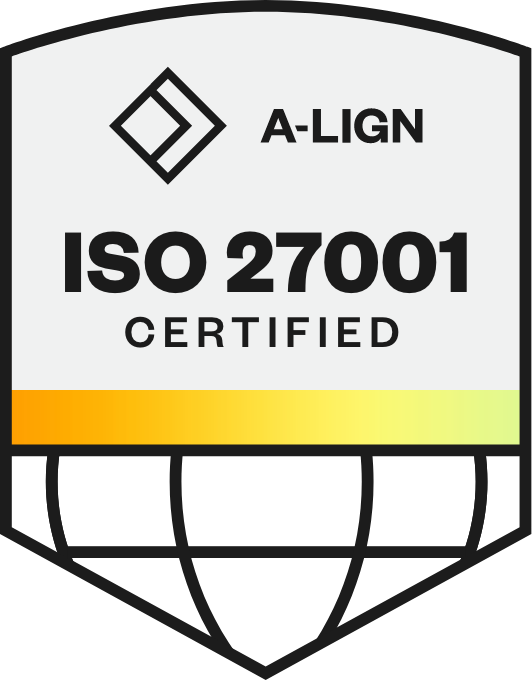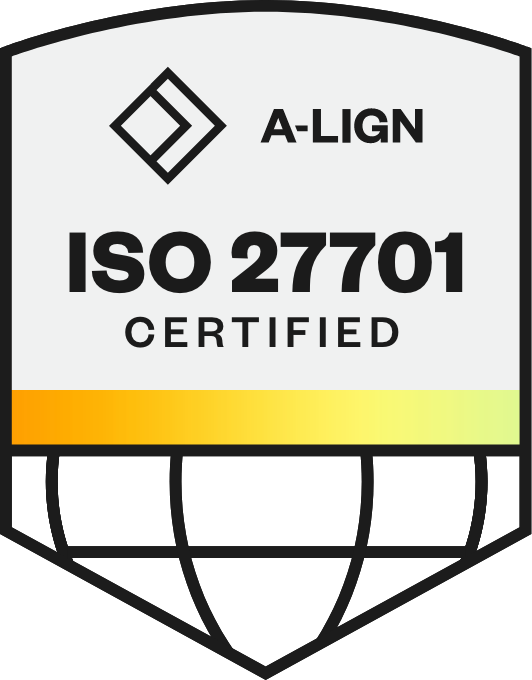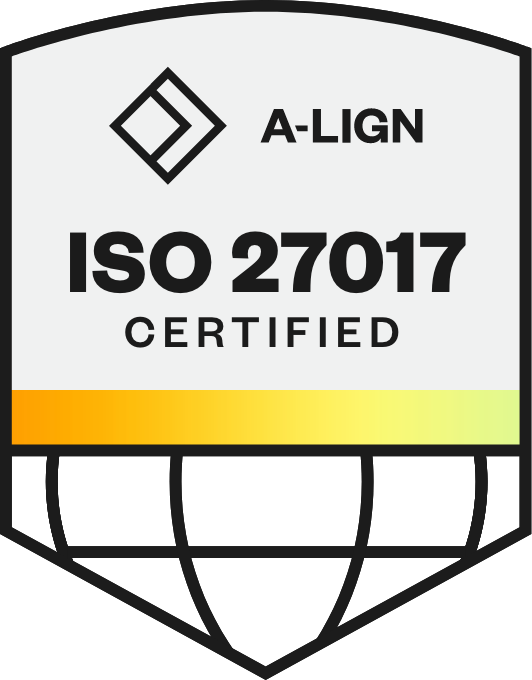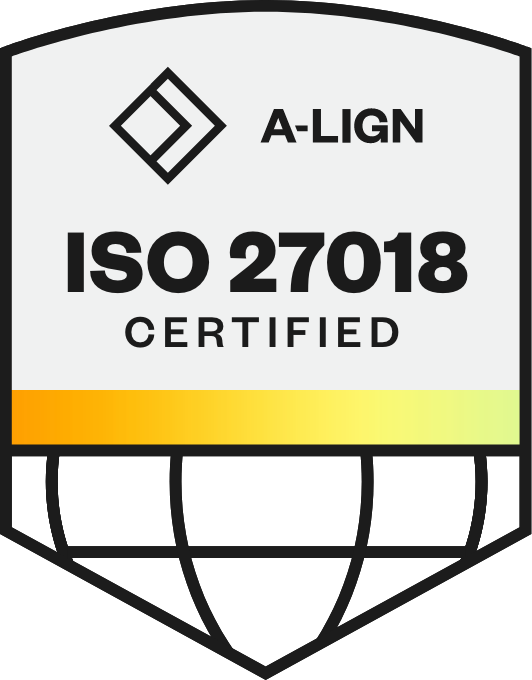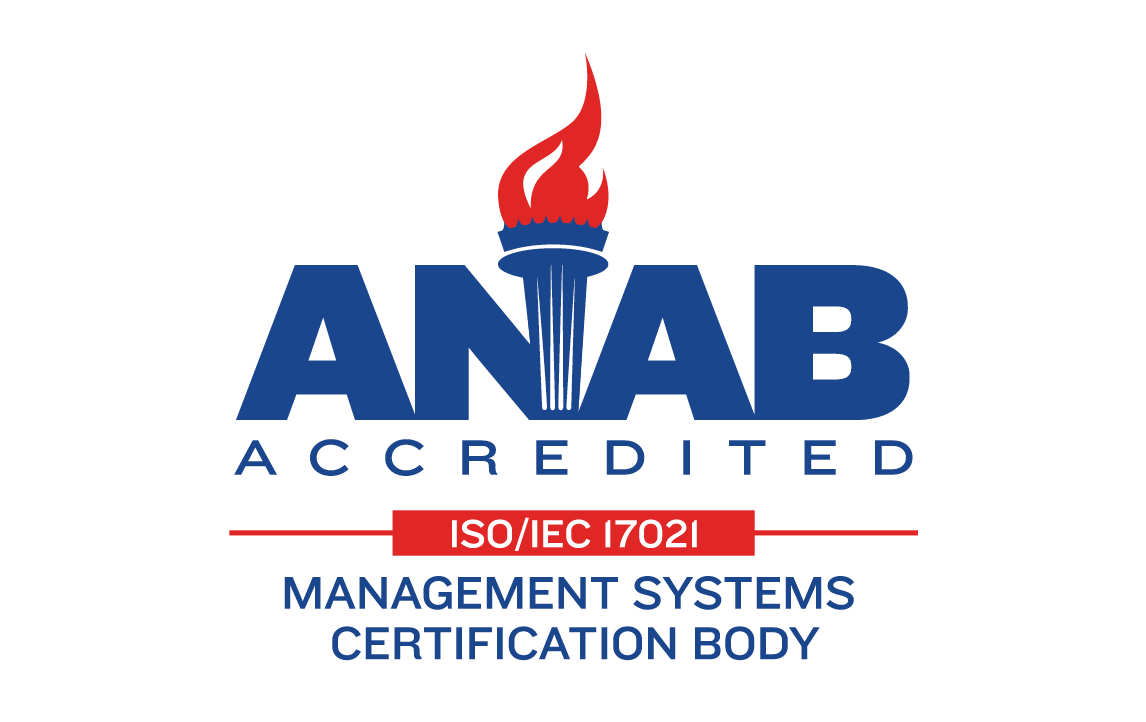
Improving Talent Agility Through Internal Mobility: The Definitive Guide
Organizations are constantly evaluating the approach they are using to grow and retain their employees. Regardless of the industry, businesses across the globe are looking for better ways to create an agile workforce, combat employee turnover, and meet evolving employee needs.
Although there’s no one-size-fits-all solution, there is one mistake a lot of companies have in common: focusing solely on attracting and engaging external talent to meet headcount, fill skills gaps, and plan for the future.
With 96% of employees looking for a new position in 2023, it’s critical for HR leaders to pivot their hiring efforts and take a closer look at the talent they already have — after all, the best-fit candidate for an open role might already be an employee.
So how can you start accessing untapped talent, fill open roles faster, and better plan for the future? It all starts with understanding internal mobility.
The importance of internal mobility is two-fold: it benefits the employee and supports them along their career journey while boosting retention and it helps organizations fill critical roles efficiently, even with tight headcounts and limited budgets.
In this guide, we’ll cover:
What is talent agility?
How talent mobility programs foster an agile workforce
Essential ways to support an agile workforce
How to drive impactful results with an internal talent mobility program
What Today’s Employees Are Looking For
Today’s employees want more — more than just a job, more than 10 days of PTO, more opportunities for growth…the list goes on.
But instead of viewing this expanded set of expectations from today’s workforce as an expensive adjustment to budget, businesses should be approaching it as an opportunity to create lasting relationships with their employees.
After all, engaged employees deliver 21% higher productivity and experience better health outcomes and fewer accidents, according to a Gallup study.
Employees now crave opportunities for growth, advancement, and improvement so much so that employees who are promoted within the first 3 years are 60% more likely to stay within the organization.
In addition to positively impacting retention, 73% of workers are actively looking for information on new roles available within their existing organization. On the flip side, 61% of employees are prepared to quit their current role if they can’t see potential for internal movement and career advancement.
This double-edged sword can be wielded to drive impactful results — including improving talent agility, inspiring employee evolution, and driving business growth. The best way to immediately make an impact on employee engagement and retention? Implementing an internal mobility program.
Internal mobility programs, when supported by the right technology, can help bridge the gap between disengaged employees and company advocates that actively contribute to the success of the business.
What is Talent Agility?
Talent agility is the ability of employees to respond and react to unexpected internal or external challenges — such as organizational restructuring or market, economic, or industry fluctuations — in an efficient and effective manner.

Talent agility, or workforce agility, helps unlock the untapped potential of your employees, empowering them to acquire new skills and apply their unique talents toward company goals. This type of alignment to goals, values, and overall company mission creates an engaged workforce that’s invested in the success of the business.
On the leadership side of the house, talent agility serves a critical function because it allows organizations to shift roles and responsibilities, redistribute resources, pivot departmental headcount, and overcome unexpected obstacles with minimal resistance.
Without an agile workforce, external or internal changes can create roadblocks that halt company growth, and in a worst-case scenario, cause the company to close its doors.
Although internal mobility and talent agility are commonly used together, they refer to two completely different aspects of talent management. Let’s take a look at the differences.
Related: What is the Difference Between Talent Mobility and Talent Agility?
How is Talent Agility Different from Internal Mobility?
A successful internal mobility framework should facilitate talent agility across the business. In other words, an internal mobility program can be implemented to help create a more agile workforce, giving employees the tools they need to acquire new skills and pivot in response to unexpected changes.
Fostering talent agility without an internal mobility program can be difficult, costly, and timely — all of which companies can’t afford. By pairing these two efforts together, you can create an effective program that’s scalable and helps futureproof your workforce while engaging your employees.
Related: What is Internal Mobility
How Talent Mobility Programs Foster an Agile Workforce
A well-rounded talent mobility program can help employees acquire the skills necessary to pivot responsibilities, specialties, and workloads without time-consuming retraining efforts — and more importantly, without needing to be replaced. This type of agility is invaluable to businesses.

For employees, talent mobility programs provide them with new opportunities to grow their careers. When supported by the right technology, an internal mobility framework can illuminate career paths, provide learning and development opportunities, connect employees with mentors, and make projects and gigs available to gain new experience — effectively eliminating any confusion about what the possibilities are.
Having all of this information “under one roof” makes it easy for individuals to explore what the future might have in store for them at your company.
Internal talent mobility programs, when set up correctly, make it simple for employees to take an active part in their career development. It also makes it harder for them to leave since they’ll be taking a step into the unknown.
Related: How Kuehne+Nagel Empowers Employees To Own and Grow Their Careers
Overall, removing the uncertainty surrounding how they fit into the organizational structure now and in the future offers peace of mind that’s worth its weight in gold — especially during uncertain economic times.
So where does talent agility come in? All of the elements that create a stellar internal mobility program also support talent agility. As employees acquire new skills, gain hands-on experience, align and learn from mentors, and enroll in learning and development courses, they’re becoming more agile, resilient workers.
These investments in their personal and professional growth can be taken with them anywhere — but it also gives individuals a big reason to stick around, even when times are tough.
Real-World Example: How The Warehouse Group Created an Agile Workforce in Response to Organizational Changes
The Warehouse Group (TWG), one of New Zealand’s largest retailers owning 260+ stores across the country, was faced with a new challenge directly correlated with the COVID-19 pandemic. To continue exceeding the expectations of consumers, TWG needed to shift to a more agile way of work.
To meet this challenge head-on, TWG went through a reorganization. Teams were restructured and streamlined, job titles were changed, and new roles were created throughout the business.
The transformation affected thousands of employees across the entire enterprise and country. To help smooth the transition, the TWG talent acquisition team pivoted its focus to support this change through employee experience upgrades.
The first step was to ensure they communicated in every way possible throughout the transition. This included using Phenom internal mobility alongside employee portal capabilities to launch an internal site that housed pertinent career information and educational resources.
Through this microsite, TWG was able to effectively communicate the what and why behind the shift toward more agile processes. They also wanted to ensure employees knew where they fit into the process, how to navigate the new career paths, and how to access new opportunities within the re-structured organization.
This effort to create better employee experiences and drive engagement through an uncertain time proved to be the right decision. The results of this effort? Within the first two months of going live with their employee experience revamp, including the internal mobility microsite, TWG saw:
1,400 new sign-ups in three days
12,471 employee visits
3,167 apply clicks to internal positions
97,767 total page views
Take a closer look at The Warehouse Group’s story here.
This is just one example of how focusing on creating phenomenal employee experiences during times of uncertainty can create a more engaged workforce, illuminate internal mobility opportunities, and foster talent agility across the organization.
Essential Ways to Support an Agile Workforce
Creating an internal mobility framework is just the beginning. To implement your strategy effectively, it’s critical that you find the right technology to support your efforts. Here are a few platform features you should keep top of mind:
Talent Marketplace
A talent marketplace is a logical starting point that creates a strong foundation for employee growth, development, and retention. It affords a means for employees to identify opportunities for learning, development, connectivity, and more all from one place – thus facilitating internal mobility and talent agility efforts.
Career Pathing
Career pathing helps employees evolve in their careers and with your organization. AI-driven career pathing tech can synthesize employee skills, interests, and job experience with professional goals — and help employees chart their career progression.
Look for career pathing technology that generates fit scores and skills gap analysis. These tools help employees understand the skills they need to make their next career move.
Gigs and projects
With an internal talent marketplace that supports gig work, managers can create and post listings for short-term work experiences and projects.
Employees can create a profile, select their skills, and browse and apply to appropriate projects. HR team members and managers can then search for internal talent based on needed skills and more quickly identify best-fit candidates.
An AI-powered talent marketplace will automatically suggest gigs to employees that match their skills and competency level. And it works in the other direction, too, referring qualified employees to managers looking for internal talent to complete short-term tasks.
Related Resource: How to Launch an Internal Gig Marketplace
Mentoring
Connecting employees with mentoring opportunities is a great way to help foster meaningful relationships and put individuals in touch with people that can help foster their career growth in a more hands-on way. Within a talent marketplace, users should be able to easily explore available mentors and receive recommendations based on their desired career path, skills, or experience.
Mentees, on the other hand, should be able to stay on top of the progress they are making in their ongoing engagements with mentors so they can stay on track along the way. As stewards of their employee growth, development, and performance - managers should be able to visualize how many (and which) members of their team are actively connected and engaged with mentors.
The right mentoring capabilities will provide managers with AI-driven, contextually-relevant guidance that helps facilitate connections between employees and mentors where gaps exist. They should also be able to stay up to date with the overall progress that their team is making over time, for example, developing new skills and experience and qualifying for new opportunities.
Referrals
With the right technology to support your referral program, you can make it easy for employees to refer their professional networks to open roles. A good tool will let employees link right to open positions on your career site and enable them to post to social media sites.
Tracking capabilities are essential to keep everyone in the loop regarding hiring status – and to recognize employees for their contribution to getting new talent in the door.
Employee Resource Groups
Technology can also drive an organization’s commitment to DE&I. AI can be leveraged to suggest employee resource groups (ERGs) to employees that match their expressed interests. Your ERGs can help employees discover connections with colleagues who share similar interests regarding background, culture, and lifestyle.
Automate, Accelerate, and Personalize Internal Talent Mobility with Phenom
At Phenom, we’ve thought about the pain points that come with implementing an internal mobility program, leveraging point solution career pathing features, and integrating upskilling opportunities along the way. The solution we created to solve everyday challenges while improving engagement and retention is Phenom Talent Marketplace.
This emerging HR tech solution benefits each group of key stakeholders from individual employees and users to C-suite executives and everyone in between — including HRIS/HRIT teams. Phenom Talent Marketplace is equipped with Employee Resource Groups, Career Pathing, Gigs, Mentoring, and more to support employees along their unique journey.
To take a closer look at how Phenom Talent Marketplace creates more efficiencies, boosts internal talent mobility, and leverages AI to create personalized experiences across the platform, sign up to view a product tour on demand.
Kasey is a content marketing writer, focused on highlighting the importance of positive experiences. She's passionate about SEO strategy, collaboration, and data analytics. In her free time, she enjoys camping, cooking, exercising, and spending time with her loved ones — including her dog, Rocky.
Get the latest talent experience insights delivered to your inbox.
Sign up to the Phenom email list for weekly updates!



